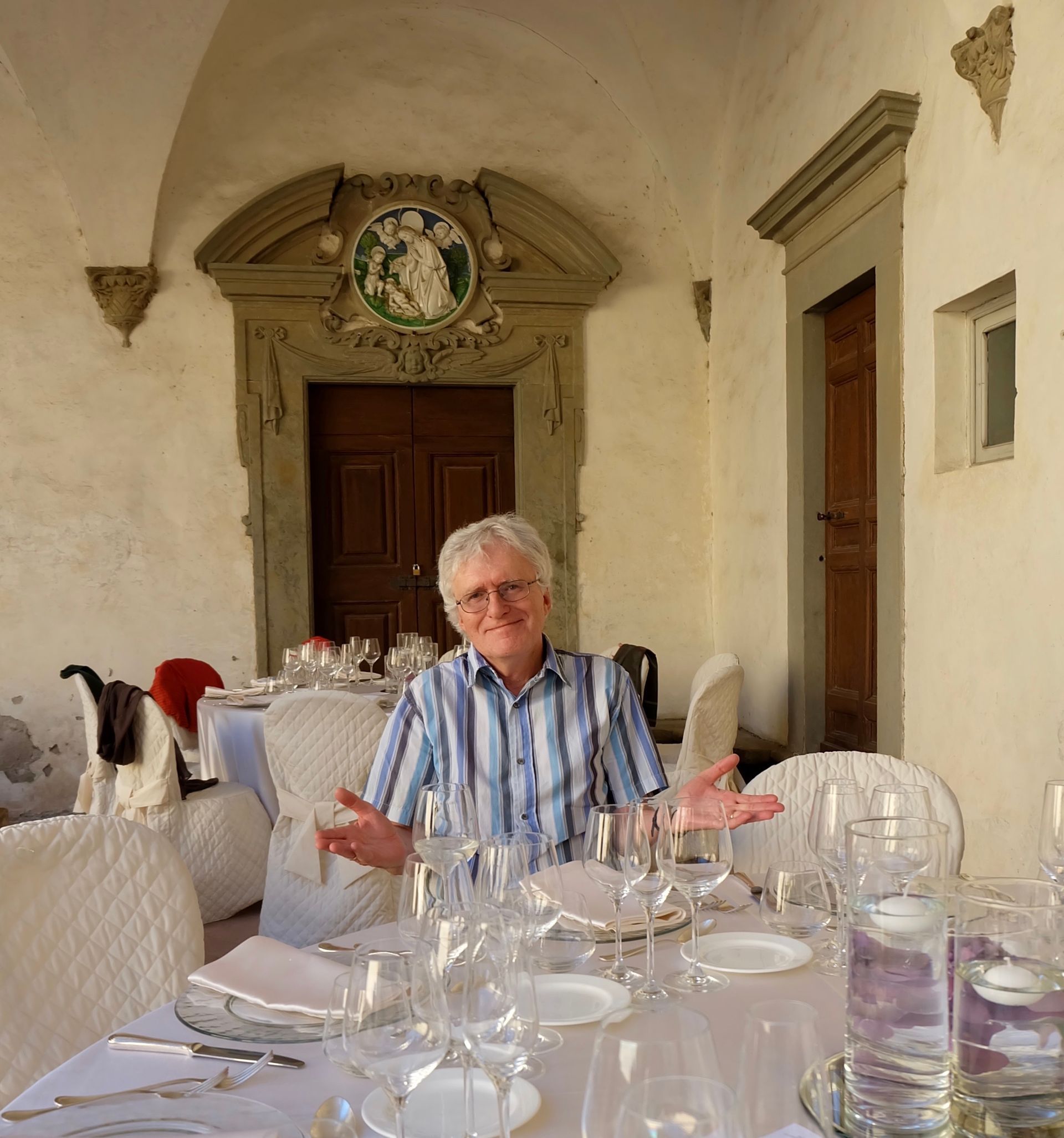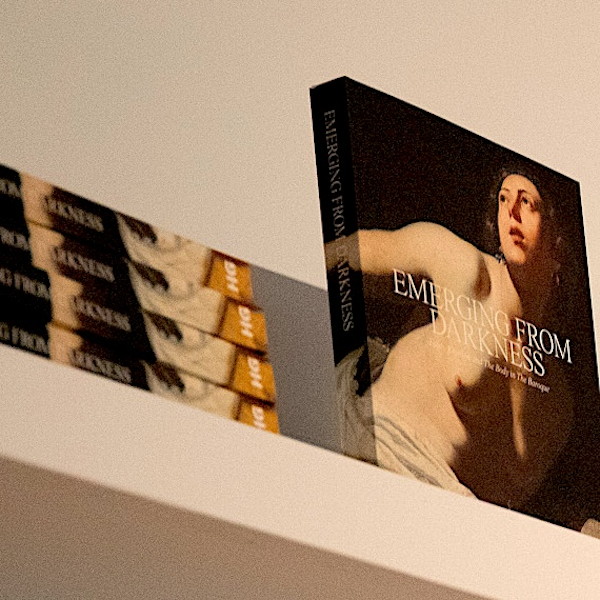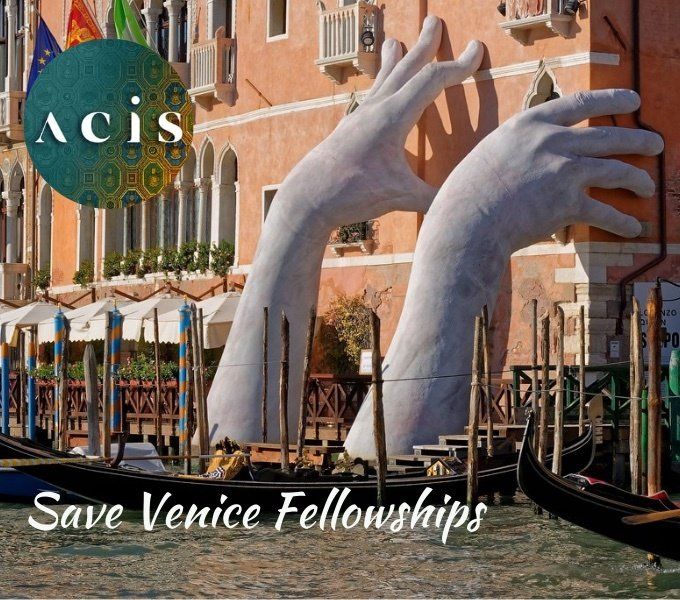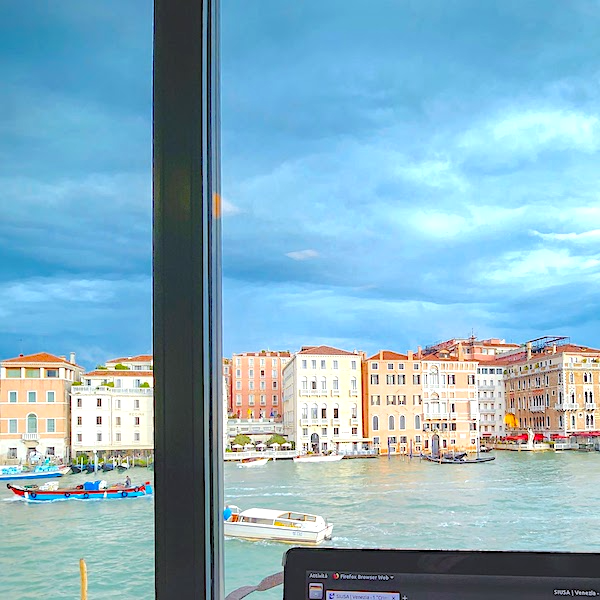The rise and rise of Checco Zalone: Quo vado
Gino Moliterno Australian National University
 For anyone interested in gauging the present state of Italian cinema, the real must-see film programmed in this year’s Lavazza Italian Film Festival
(alongside the impeccably-restored version of Visconti’s Rocco and His Brothers
) was undoubtedly Quo vado
. The fourth in a series of successful vehicles hand-stitched for thirty-something TV comic and musician, Checco Zalone (Luca Medici), and directed, as were the previous three, by an otherwise unknown Gennaro Nunziante, Quo vado
was released in January 2016 and immediately began to rewrite the Italian box-office record books, almost equaling in its first weekend the box-office take of the first three weeks run on Italian screens of Star Wars: The Force Awakens. Having already earned upwards of an estimated €65 million worldwide, it has effectively become the highest-grossing Italian film of all time, almost effortlessly overtaking the previous record-holder, Roberto Benigni’s Oscar-winning Life is Beautiful
(1997).
For anyone interested in gauging the present state of Italian cinema, the real must-see film programmed in this year’s Lavazza Italian Film Festival
(alongside the impeccably-restored version of Visconti’s Rocco and His Brothers
) was undoubtedly Quo vado
. The fourth in a series of successful vehicles hand-stitched for thirty-something TV comic and musician, Checco Zalone (Luca Medici), and directed, as were the previous three, by an otherwise unknown Gennaro Nunziante, Quo vado
was released in January 2016 and immediately began to rewrite the Italian box-office record books, almost equaling in its first weekend the box-office take of the first three weeks run on Italian screens of Star Wars: The Force Awakens. Having already earned upwards of an estimated €65 million worldwide, it has effectively become the highest-grossing Italian film of all time, almost effortlessly overtaking the previous record-holder, Roberto Benigni’s Oscar-winning Life is Beautiful
(1997).
Despite the intermittent chuckling from the less-than-packed audience at the session I attended, a viewing of the film left me scratching my head for an explanation of its stratospheric success. As the self-recounted story of a young slacker willing to do anything and go anywhere in order to stymie the efforts of his superiors to take from him what he values most in life – the guaranteed sinecure of his public service job – the plot seemed piecemeal, the acting vapid and the social satire alla commedia all’italiana , with the exception of the odd spiky jibe, generally anodyne. How, then, has this slight and very ordinary film managed to achieve the challenging feat of drawing Italian audiences back to their own films and to thus raise the fortunes of the national cinema to a level not seen since the golden age of the 1960s?
The answer, as at least one commentator has suggested, is precisely through its very ordinariness and modesty, by being a film for everyone, for young children and their grandparents and everyone in between. No explicit sex, no violence and an adolescent sarcasm which, even at its most caustic, and often politically incorrect, manages to remain largely inoffensive. The current Italian Prime Minister, Matteo Renzi, was proud to boast that he had watched the film together with his young children and they had all loved it, the children being able to repeat all the comic exchanges by heart.
At the same time producer Pietro Valsecchi, still flush from the unexpected box-office success of the earlier three films in the series, was able to engineer a canny marketing strategy that involved launching the film at the height of the festive season and moreover daring to open it simultaneously on 1,200 national screens (the new Star Wars had apparently opened on only 850). The film and the likeable-enough face of its protagonist, Checco Zalone, was thus everywhere to be seen. The front-end loading strategy that’s become the norm in the release of Hollywood blockbusters since the mid-1970s appears to have finally been adopted for a home-grown Italian feature and it seems definitely to have worked.
A monumental achievement, then, and a good omen for the future of Italian cinema? Perhaps. One should remember that, though largely dismissed by ‘serious’ critics and film historians, genre films, and comedies in particular, have always played a pivotal role in sustaining the health of the Italian film industry. Nevertheless, perhaps the down side of the overwhelming popularity achieved by this gentle satire of the Italy of the First Republic with its nostalgia for the period writ large for clearly ironic purposes may be that it also betrays the widespread existence of a real and genuinely-felt nostalgia for an Italy of former times, chaotic and corrupt but in which everyone knew the rules and who to ask for favours and thus the country had managed to muddle through. It would be sad indeed to think that many Italians, certainly many of those who have affectionately embraced the film, may be so discontented with life in post-Berlusconi Italy that they may actually be hankering for the Italy of the First Republic which, as the theme song that closes the film asserts, “non si scorda mai”.








